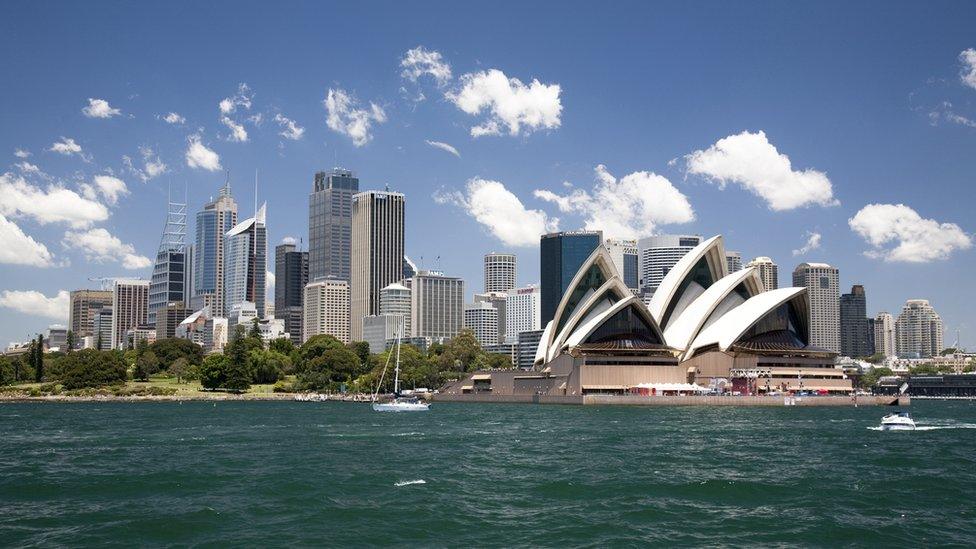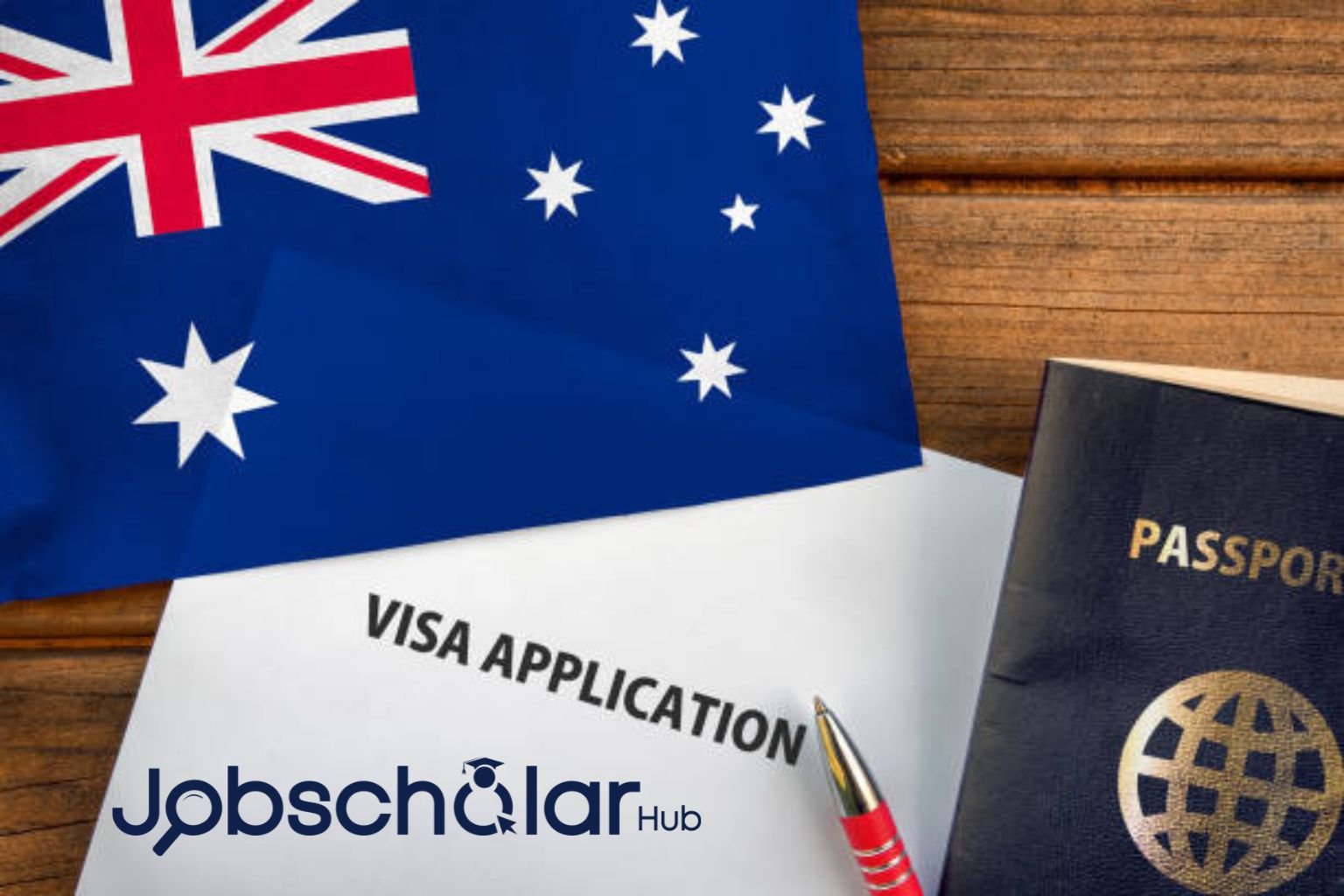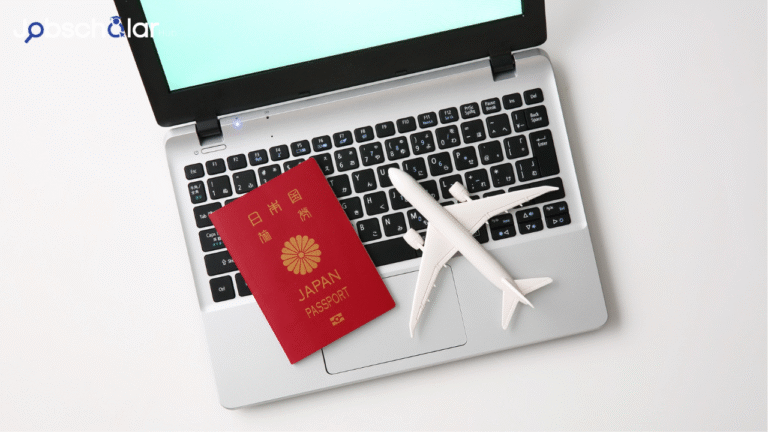More than 140,000 people permanent migrate to Australia each year, and over 8 million temporary visas are issued for work, study and tourism. But there are more than one hundred different types of visa to choose from making Australia’s immigration system complex.
Choosing the wrong visa may lead to wasted time, money lost or rejection. For instance, in 2022–23 alone, more than 50,000 visa applications were refused simply due to incomplete documents, failing health or character checks, or selecting the incorrect visa category. Others can also result in bans on reapplying for years.
If you want to work, join your family, or study in Australia, then getting to know the visa system is really important. In this guide, we’ll break down everything you need to know, including — the various visa options and their requirements, costs, processing times, common mistakes that can cost you your application etc. Let’s get started.
Table of contents
- What Are the Different Australian Visa Types and Which Australian Visa Works for You?
- What Are the Requirements for Obtaining an Australian Visa?
- How to Apply for an Australian Visa and How Long It Takes?
- How to Apply for a Visa Online
- Step 1: Create an Online Account
- Step 2: Choose Visa Type
- Step 3: Fill Out the Application Form
- Step 4: Attach the necessary documents
- Step 5: Pay the Visa Fee
- Step 6: Submit Your Application
- Paper Application for Australian Visa
- Step 1: Find the Nearest Australian Embassy
- Step 2: Make an Appointment
- Step 3: Confirm your documents
- Step 4: Fill in the Application Form
- Step 5: Pay the Visa Fee
- Step 6: Apply
- Reasons for Rejection of Australian Visas and How to Avoid it?
- Tips to Prevent Visa Denial
- Conclusion
- FAQs
- References
- Recommendations
What Are the Different Australian Visa Types and Which Australian Visa Works for You?

Australia has 100+ different visas, but they can be categorized into a handful of main categories, based on purpose:
A. Forms of Work Visas (Employers and Skilled Professionals)
Subclass 189 Skilled Independent Visa — For highly-skilled workers, requiring no employer sponsorship.
Skilled Nominated Visa (Subclass 190)– Nomination by an Australian state or territory is needed.
Employer Sponsored Visa (Subclass 482 & 186) – An employer who sponsors you for a job is required
Working Holiday Visa (Subclass 417 & 462) – Enables young people (18–35) to travel and work in Australia for up to three years.
You could also read for skilled work visas in the U.S: UK Skilled Worker Visa | How to Apply in 2025
B. Study Visas — For Students
Student Visa (Subclass 500) – A student visa for international students to study full-time (primary, secondary, tertiary, vocational) in Australia.
Temperature Graduate Visa (Subclass 485) — For students who have studied at an Australian institution and wish to work there temporarily.
C. Family & Partner Visas (Spouses, Parents, More Relatives)
Partner Visa (Subclass 820 & 309) – For husbands or de factos of Australians or permanent residents.
Parent Visa (Subclass 103 & 143) – For parents of Australian citizens or permanent residents to live with their children.
Child & Dependent Relative Visas – For individuals who are children or additional dependent family members of Australians.
Read also: Australian Visas: Choose the Perfect Path for Your Migration
D. Absolute Residency & Citizenship Pathways
Permanent Resident Visas (PR) – Skilled, family, and business visas that allow long-term stay and benefits.
Australian Citizenship – Further, and after residency and eligibility requirements.
E. Other Visas (Tourism, Refugee and Special Cases)
Visitor Visa (Subclass 600) — For short-term travel to Australia.
Humanitarian & Refugee Visas — For asylum seekers and people in humanitarian need.
Which visa is best for you? Well, this depends on your skills, age, financial condition and reason for moving. Some visas operate under rigid points systems, others need sponsorship. My advice is to make sure you are guided to choose a visa correctly from the beginning, so you will save a lot of time and money.
check out: Step-by-Step Guide on How to Apply for a Work Visa in Australia in 2025
What Are the Requirements for Obtaining an Australian Visa?

Depending on your desired visa type, different requirements may apply, but generally the following criteria are applicable to most Australian visas:
A. Skills and Job Requirements
There is also a points-based system for skilled worker visas that looks at age, English proficiency, work experience, and qualifications.
Some visas require Australian employer job sponsorship or state nomination.
B. Age Limits
The majority of skilled visas require the applicant to be less than 45 years old.
No age limit on student visas, but working holiday visas only available to 18–35 year olds.
C. English Language Proficiency
– Most Visas require Test for proving English skills such as IELTS, PTE or TOEFL
D. Proof of Funds & Sponsor
For student visas, you must show that you can pay for your tuition and life in Australia (at least AUD 24,505 per year).
The second is financial support from Australian sponsors for family and partner visas.
E. Health & Character Checks
To ensure applicants do not have any diseases that will burden Australia’s healthcare system, they must pass a health examination.
Police clearance certificates from other countries where lived for 12+ months to demonstrate good character
Some applicants may qualify for exemptions or alternate types of visas. If you fail to qualify for one visa program, another might be open to you.
You should also consider Luxembourg. Read: Luxembourg Skilled Worker Visas: How to Apply in 2025
How to Apply for an Australian Visa and How Long It Takes?

There are various steps to apply for an Australian visa and the processing time varies with visa types. You would apply for a visa in one of two ways:
- Online Application
- Paper Application
Australia does not issue visa labels in passports since 2015. Instead, all information about visas are stored electronically, in a system called the Visa Entitlement Verification Online (VEVO) system. As a result, the preferred route to apply is now online — it saves time and makes it easy for you to follow up on your application.
But not every type of visa or applicant qualifies for online submission. In that case, you are required to apply using a paper application via an Australian embassy or consulate.
How to Apply for a Visa Online
- Create an Online Account
- Choose the Visa Category
- Fill in the Visa Application Form
- Add Your Supporting Documents
- Pay the Required Fees
- Submit Your Application
Step 1: Create an Online Account
Creating an ImmiAccount on the official site of the Australian Department of Home Affairs is the first action in the process of obtaining an Australian visa. The account is free to set up — all you need to do is enter your personal information, create a password and verify your email.
This is an online portal where you can manage your application, upload required documents, and track the status of your visa application.
Migration agents, sponsoring businesses, or organizations can register as an organizational acccount, or an individual account.
Read also: Permanent Residency in Australia: A Complete Guide
Step 2: Choose Visa Type
There are various visa types available in Australia, such as tourist, student and work visa. Your reason for travel will dictate which type of visa you are to apply for.
Step 3: Fill Out the Application Form
If you would like to apply for a specific visa, there would be a different application for that. In doing so, you’ll need to share information like your name, date of birth, marital status, reason for travel and expected length of stay.
When applying with family members or friends, each applicant must submit a separate application.
Read also: How to Settle in Australia After Migration: Live the Aussie Dream
Step 4: Attach the necessary documents
This is how to attach the documents for an online visa application:
- Select the Attach a document
- Select the applicant’s name
- Select reason for append the document
- Select the document type
- Name the file and upload it
Include a section for photos, in which you can affix passport-size photographs. Ensure all documents are scanned, colored copies and at the same time, these documents have to load with the particular criteria of your visa category.
You should read: 10 Highest Paying Jobs in Michigan | 2025 Update
Step 5: Pay the Visa Fee
According to the visa type, the visa application fee will also be different. You will need to pay before you submit (applications won’t be processed without it).
You can pay online by credit card, debit card, or PayPal.
Step 6: Submit Your Application
The application can be submitted on the payment of the fee and once all documents have been uploaded. Also, you can update personal details—like a change of address—by informing the authorities through ImmiAccount.
Processing times differ from visa type to visa type and applicant to applicant. But if everything is in order, some visas can be approved in a matter of days.
Read also: Step-by-Step Guide on How to Apply for a Work Visa in Australia in 2025
Paper Application for Australian Visa
If you do not have an online application option, you will have to make a paper application inside an Australian embassy or consulate. Here’s how:
- Find the closest Australian embassy or consulate
- Schedule an appointment
- Collect and Ensure Validity of Onboarding Documents
- Fill out the visa application form
- Pay the application fee
- Submit the application
You should read: How Much Does a Work Visa for Europe Cost? Application Guide
Step 1: Find the Nearest Australian Embassy
If applying on paper, you must send it to an Australian government office. In some instances, you’ll be required to make a trip to the nearest embassy, which may not be in the country in which you live so you will need to check to which location serves your region.
Sometimes applications can also be sent in by post or by courier, but that approach must be agreed upon with the embassy in advance.
Step 2: Make an Appointment
After determining the relevant Australian office, reach out, either through email or in person, to schedule an appointment. You will first need to book an appointment with many embassies before applying.
Read also: Top 9 Highest Paying Jobs With a Sports Management Degree
Step 3: Confirm your documents
You can verify your documents through someone who is:
- An Australian citizen.
- A citizen from your country of residence.
- An individual that is not related to you (by birth, marriage, or romantic relationship).
- An individual that works a profession accepted by the Australian authorities.
The person who verifies your documents must declare on one-page documents that they recognize these copies of your original documents. On documents with more than one page, the declaration should be written on the first page and initials on every page.
Read also: Best Scholarships in BRICS Countries for Global Students
Step 4: Fill in the Application Form
Ensure you fill out the appropriate visa application form and provided as per the instructions. This will print it and once we make sure we attached it with the rest of the documents ready for you to submit.
Step 5: Pay the Visa Fee
Payment for visa fees may be paid through ImmiAccount or, depending on the location, paid at the embassy upon submission of your application. The specific payment process can vary so check your local visa application center.
Check out: Visa Interview Questions You MUST Prepare For — And How to Nail Every Answer!
Step 6: Apply
Pay the embassy fee and submit your application. Paper applications are usually slower than online applications, so expect some delays.
Are visa fees refundable in case my visa application gets rejected?
No,visa fees are not refundable even in case of visa refusal. If you were to apply under the wrong category, you may get stuck in paying another full fee anyway, but it may allow you to change visas without paying a new full fee.
Read also: 5 Australian Companies That Sponsor Work Visas
Reasons for Rejection of Australian Visas and How to Avoid it?

Most visa refusals are not too concerning — they’re usually because of avoidable errors. Why he mot potential reasons are-
- Wrong/Incomplete Documents — Missing documents are one of the biggest reasons for refusals.
- Not Meeting Visa Requirements – Age limits, English scores or work experience falling short.
- Funds Insufficiency – Failure to demonstrate sufficient means of subsistence.
- Health & Character Issues – Not passing medical tests or being a criminal.
- Delivering False Information – All varieties of deceitfulness is automatic grounds for rejection and bans.
You should read: Do You Know The 7 Hidden Secrets Behind Visa Denied?
Tips to Prevent Visa Denial
Double-Check Documents — Make sure that you have all the necessary papers submitted.
Meet All Eligibility Criteria – Age limits, language, and financial proof.
Do Not Lie – If you provided false info, you will get banned.
Early in the Game – No last-minute blunders.
Get Professional Help – Get a migration agent if you are confused.i
If your visa is rejected, you can appeal against that rejection through the Administrative Appeals Tribunal (AAT).
You should also read: How to Successfully Apply for a Special Immigrant Visa (SIV) to the United States
Conclusion
While moving to Australia is a life-changing experience, the complex visa processing is an intimidating task. There are more than 100 visa options available, so it is very important you find the right one. Processing takes a few weeks to a few years and costs anywhere from AUD 150 to more than AUD 48,000. Some of the most common reasons for visa rejection are lack of documents, financial insufficiency, errors in applications, etc. Better preparation, satisfying all criteria, and asking professionals can help you get approved. There may be room for appeal if rejected.
Ready to apply? Start your process today!
Are you a student? You should consider reading: How to Get an International Student Work Permit
FAQs
Yes. You can work 48 hours in a week while at school, and unlimited time in the school holidays
Employer-sponsored visas or Skilled Independent Visa (Subclass 189) categories with high points provide faster PR routes.
Yes, a number of visas let spouses and dependent children apply together as secondary applicants.
Sometimes. Fees are not refundable such that if you withdraw and apply again (you can), you won’t get a refund even if Home Affairs allows adjustment later on from your application.
References
- immigration and citizenship visas– Australia visa application
- Australia visa options– Visa options in Australia, application, requirements.
- Gov.UK-application for Australia visa, all you need to know






